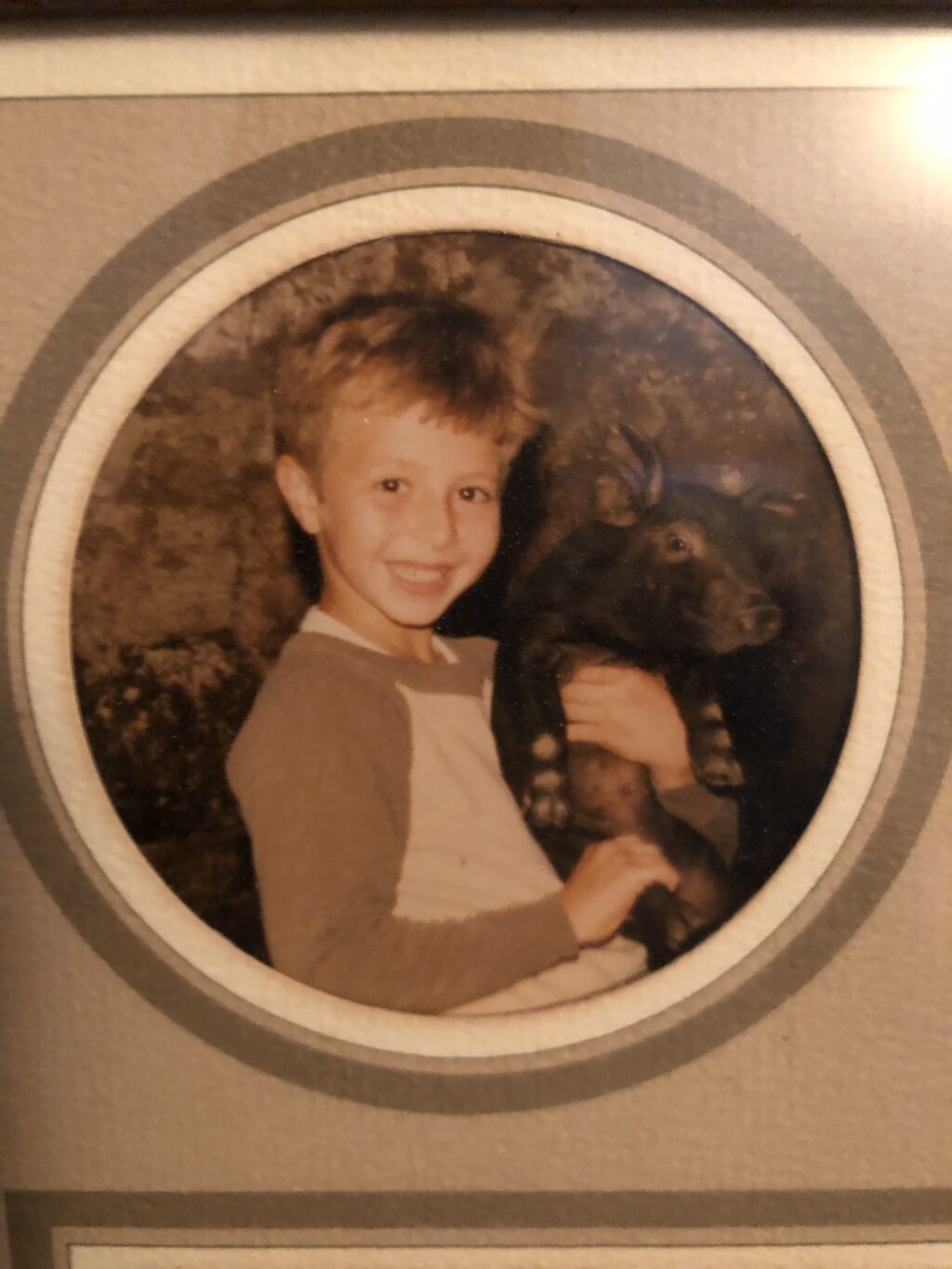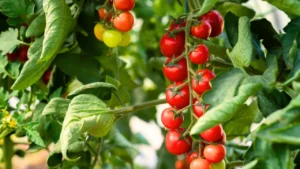
0e2d0077 5f1c 4db7 ac1a 4341c0f09972.jpeg

This week’s story is about my time in 4H showing hogs and trying to improve them with Dad. Just like any youth activity, there are a lot of ways kids can learn the wrong lessons. But with my parents’ help, I can’t imagine my 4H experience being any better of a life lesson.
I grabbed a bale of hay and set it at the back of our truck. It was about a three foot drop from the back of our ton truck to the ground. We didn’t want our new Hampshire boars hurting themselves jumping out of the truck.
Mom came outside to see the two young boars Dad and I picked from the Waldrige Farms herd, Williamsburg, Iowa. It was an eight hour roundtrip in our old Ford truck with the tall sides on the back, good for hauling corn or hogs. But Dad and I weren’t tired, we were too excited for the genetic progress these boars promised.
I had been showing hogs at the Lafayette County Fair for the past three years and I was disappointed with my hogs’ placing, white and red ribbons, never pink, the bottom of the class, but never breaking through to a blue ribbon either.
I was always interested in genetics of livestock, possibly because Dad was interested and he dabbled with purebred Shorthorn cattle and he subscribed to various breed magazines which I found fascinating. Fascinating, because while every breeder touted their animals as great and worthy of purchase, I could see, even at a young age, that many were not.
My favorite breed was the Hampshire, black with a white belt around their shoulders and front legs, their slogan, “Mark of a Meat Hog.” And its true, Hampshires are known as the leanest and most muscular of the major breeds.
But when I was a boy, breeders of all the swine breeds had been selecting away from muscling and leanness as a response to the “stress gene”. The stress gene, a simple recessive, had been identified, but a test to identify carriers was yet to be developed.
This gene, when two copies are present in an animal results in extremely lean and muscular animals. The downside is these animals are fragile and likely to start shaking and die in any kind of stressful situation.
Breeders succeeded in reducing the incidence of the stress gene, but hogs were getting fatter and lighter muscled. This trend hit bottom at our Lafayette County Fair when the worst market hog had about two inches of backfat and a smaller chop than the biggest lamb chop at the carcass show.
Dr. Dewey Walcholz, a UW River Falls Animal Science Professor, judged many county, state, and even national livestock shows. He was our swine and sheep show judge that year, along with the carcass judge. He made sure to point out this low in the quality of swine at our fair.
We were all just farmers trying to make a profit and improve, so I don’t think anyone was offended by Dr. Walcholz’ comments. But he also judged a national Hampshire show in Milwaukee that summer and shared the same criticisms as he placed the animals. These leading breeders of the time didn’t take the criticism as well.
So, even as a 13 year old boy, I knew what was needed to improve our hogs. I now know there is more to a quality hog than leanness and muscling, but at the time, it was clear that this was the most pressing need.
I read the breed journals cover to cover. My favorite issue was the July “Herdsire Edition”. It was about an inch thick, filled with advertisements, profile pieces, and pedigrees of the most popular boars. I pored over the pedigrees and the advertisements.
Most of the breeders stuck pretty close to the popular type of the day. Peer pressure is strong. But one breeder dared to be different. C. Eliot Driscoll, Waldridge Farms, Williamsburg, Iowa.
He knew what he liked and wasn’t afraid to go after it, even as the Hampshire breed continued to move away from his lean type of Hampshires. Every July Herdsire Edition Mr. Driscoll took out a full page ad and printed an original essay about his hogs and how they differed from where the Hampshire breed was headed.
I liked what I saw and wondered if his boars could improve our hogs. I showed it to Dad and asked if we could buy a boar. Dad said, let’s do it!
I can still remember those first two boars I picked out with Dad. One had a wide head and wide, white belt encircling his shoulders. I named him Wolfman. The other boar was an “offbelt”, mostly black, and I named him Spock.
We started using them that summer and prepared for the September breedings, as they produce January litters, which is what you want for market hogs to be ready at the July, Lafayette County Fair.
The first hogs out of Wolfman and Spock were definitely better. I started getting blue ribbons, and I even won the Carcass show one year. I never did win Grand Champion Live, but the lessons I learned about striving to improve, setting goals, and taking action, were invaluable. Thank you, Dad.
Source link
2024-02-29 20:11:14
Karl Hoffman is a distinguished agriculturalist with over four decades of experience in sustainable farming practices. He holds a Ph.D. in Agronomy from Cornell University and has made significant contributions as a professor at Iowa State University. Hoffman’s groundbreaking research on integrated pest management and soil health has revolutionized modern agriculture. As a respected farm journalist, his column “Field Notes with Karl Hoffman” and his blog “The Modern Farmer” provide insightful, practical advice to a global audience. Hoffman’s work with the USDA and the United Nations FAO has enhanced food security worldwide. His awards include the USDA’s Distinguished Service Award and the World Food Prize, reflecting his profound impact on agriculture and sustainability.





